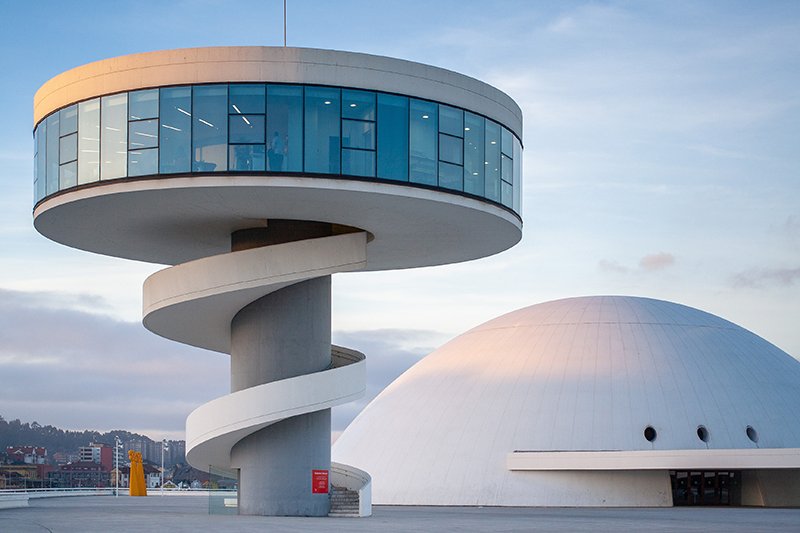Analysis of Iconic Architectural Masterpieces Worldwide
Analyzing iconic architectural masterpieces worldwide involves delving into structures that have not only defined their eras but also continue to inspire awe and influence architectural discourse. Here’s a brief overview of some of these masterpieces:

1. Taj Mahal, India
Architectural Style: Mughal architecture Location: Agra, India Significance: Built in the 17th century by Emperor Shah Jahan in memory of his wife Mumtaz Mahal, the Taj Mahal is renowned for its white marble domes, intricate carvings, and symmetrical gardens. It symbolizes the zenith of Mughal architecture, blending Persian, Islamic, and Indian architectural styles.
2. Eiffel Tower, France
Architectural Style: Structural engineering Location: Paris, France Significance: Designed by Gustave Eiffel and completed in 1889, the Eiffel Tower is an engineering marvel and a global cultural icon. Its wrought iron lattice structure, originally controversial, has become synonymous with Paris and French artistry, standing as a symbol of technological advancement and modernity.
3. Sydney Opera House, Australia
Architectural Style: Expressionist modernism Location: Sydney, Australia Significance: Designed by Danish architect Jørn Utzon and completed in 1973, the Sydney Opera House is celebrated for its sail-like shells and innovative use of concrete. It has become an iconic symbol of Australia, recognized globally for its architectural excellence and contribution to performing arts venues.
4. Burj Khalifa, UAE
Architectural Style: Modern skyscraper Location: Dubai, UAE Significance: Designed by Adrian Smith of Skidmore, Owings & Merrill and completed in 2010, the Burj Khalifa stands as the tallest building in the world, reaching a height of 828 meters. Its sleek, futuristic design incorporates Islamic architectural influences, and it serves as a testament to Dubai’s ambition and innovation in urban development.
5. Fallingwater, USA
Architectural Style: Organic architecture Location: Pennsylvania, USA Significance: Designed by Frank Lloyd Wright and completed in 1937, Fallingwater exemplifies Wright’s philosophy of integrating architecture with nature. It features cantilevered balconies over a waterfall, blurring the distinction between indoors and outdoors and showcasing Wright’s mastery of organic form and spatial harmony.
6. Sagrada Família, Spain
Architectural Style: Catalan modernism (Art Nouveau) Location: Barcelona, Spain Significance: Designed by Antoni Gaudí and under construction since 1882, the Sagrada Família is a monumental basilica known for its intricate facades, towering spires, and organic shapes inspired by nature. It represents Gaudí’s visionary approach to architecture and remains a symbol of Barcelona’s cultural identity and architectural innovation.
7. Parthenon, Greece
Architectural Style: Classical Greek architecture Location: Athens, Greece Significance: Built in the 5th century BCE, the Parthenon is a temple dedicated to Athena, the patron goddess of Athens. It exemplifies classical proportions, Doric architecture, and exquisite marble sculptures, embodying the ideals of ancient Greek art and architecture and serving as a symbol of democracy and Western civilization.
Conclusion
These iconic architectural masterpieces span continents, centuries, and architectural styles, each leaving a lasting impact on their respective cultures and the global architectural landscape. They not only showcase technical prowess and aesthetic beauty but also reflect the cultural, social, and historical contexts in which they were created. Through their enduring legacy, these structures continue to inspire architects, artists, and admirers worldwide, reinforcing the power of architecture to shape societies and evoke profound emotional and intellectual responses.
